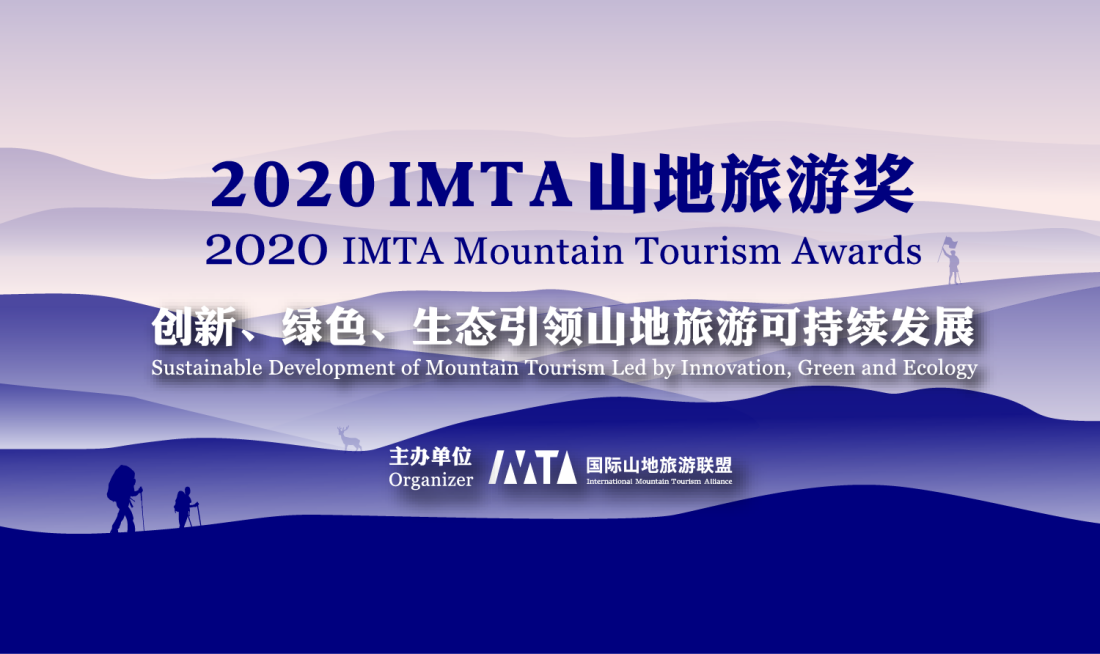Over the past decade, traditional hotspots in Southeast Asia have gradually ceded ground to emerging destinations, as tourist preferences shift from simple sightseeing to greater emphasis on value for money and cultural depth. This regional transformation has opened new development opportunities for Chinese operators.
According to the latest Tourism in Focus report released by the Pacific Asia Travel Association (PATA), the Southeast Asian tourism market will see a trend of regional redistribution by 2025. Traditional hotspots like Thailand and Singapore are experiencing slower growth due to rising tourism costs and visitor capacity pressures. Meanwhile, emerging markets such as Vietnam, Cambodia, and Myanmar are achieving significant growth by leveraging more competitive pricing, unique cultural appeal, and ongoing infrastructure improvements. Vietnam's coastal cities have successfully attracted large numbers of international tourists by developing integrated products combining cultural experiences, eco-tourism, and resort leisure. Malaysia, meanwhile, has expanded its diverse visitor base by developing new resort areas and enhancing convention facilities. These shifts reflect global travelers' fatigue with overly commercialized tourist attractions and their growing pursuit of authentic experiences and high-value travel offerings.
In terms of tourism consumption behavior, Southeast Asia has witnessed a distinct shift from individual solo travel to family group trips. This transformation has compelled tourism service providers to adjust their product offerings, expanding accommodation options suitable for larger groups, arranging group activities, and enhancing convenient service facilities. Concurrently, tourist flows have expanded beyond core cities to second- and third-tier cities and rural areas. Non-traditional tourism destinations offering quieter, more authentic experiences are increasingly favored by travelers.
Policy support and ongoing infrastructure improvements provide robust backing for this transformation. Visa facilitation measures implemented across multiple countries, alongside expanded aviation networks—particularly the growth of low-cost carriers—have significantly enhanced accessibility to emerging destinations. Having learned lessons from overtourism, sustainable development has become a regional consensus, with greater emphasis placed on ecological conservation and cultural heritage preservation during the development of new tourism resources.
Changes in the Southeast Asian tourism market present multiple opportunities for Chinese operators
For China's tourism operators, shifts in the Southeast Asian travel market present multiple development opportunities. Industry experts note that the rise of emerging destinations offers new market expansion prospects for Chinese tourism enterprises. Compared to traditional hotspots with relatively fixed market structures, rapidly growing markets like Vietnam and Cambodia create greater opportunities for Chinese operators to develop novel tourism service products. Leveraging their financial strength and market expertise, China's tourism sector can seize developmental advantages in these regions.
Editor Ⅰ: Zhang Congxiao
Editor Ⅱ: Bao Gang
Editor Ⅲ: Liu Guosong














